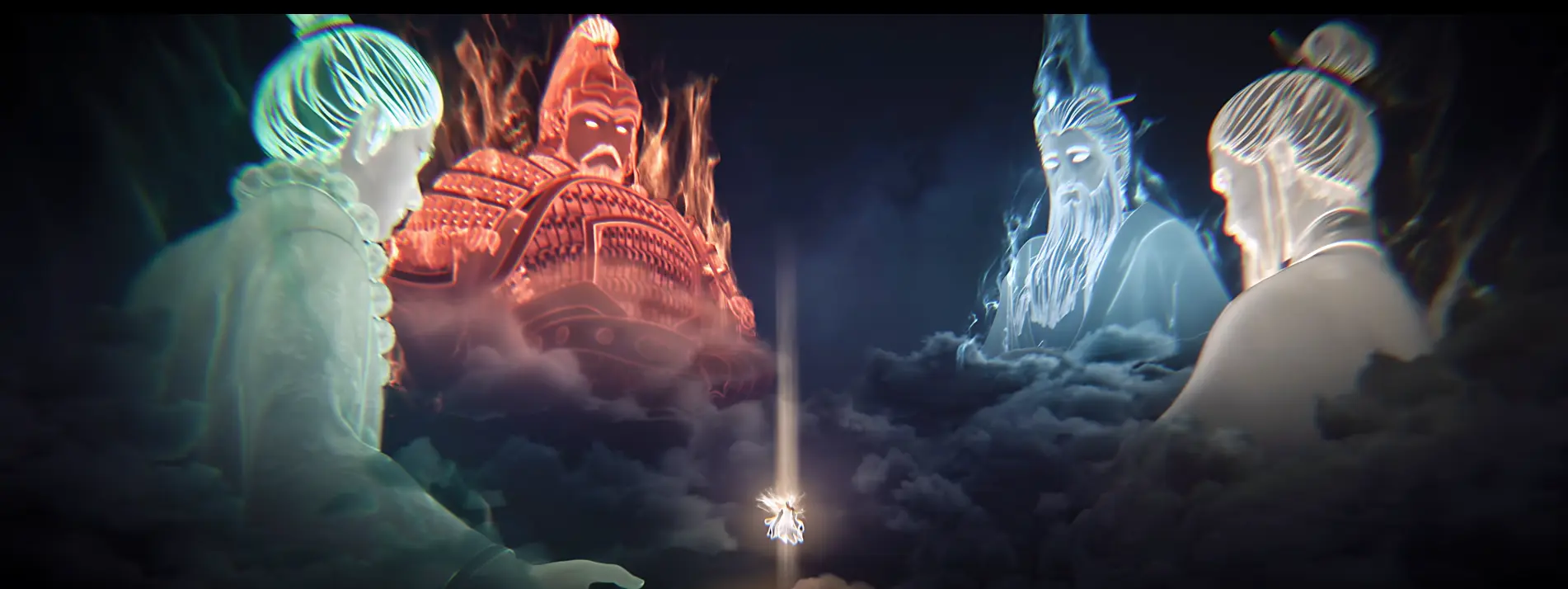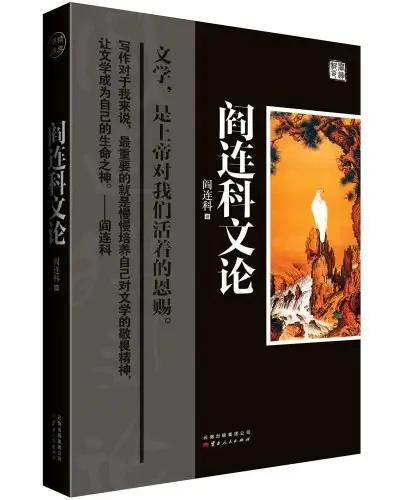Divine Realism

Archiving past reflections. During a high school reading class, I casually picked up Yan Lianke’s literary essays. His advocacy for Divine Realism lingers with me to this day.
While working through advanced mathematics, I suddenly grasped the shared essence of “Divine Realism” and “Magical Realism.” They both take “conveyance” as their mission, much like the rhetoric of ancient Greece, creating a reality of their own. Yet, the crux lies in the scene the novelist chooses to craft—that is where true artistry resides.
Confucius said: “Let words convey meaning, and no more.” A critique of the futility in ornate expression, this statement forms the foundation of Divine Realism. These writers forgo flowery language or dazzling rhetoric. Instead, they emphasize the construction of a scene, delivering a visceral experience often laden with lingering aftertaste.
The aroma of horses’ hooves, a monk balancing water—is this not such art?
Such techniques cannot be summarized as “indirect or metaphorical”; they transcend simplistic categorizations. They emerge from meticulous contemplation of life’s interwoven relations, threading subtle details into profound undertones, capturing the nexus of things with precision.
Yan Lianke’s example, recalled now, feels remarkably fitting: imagine the Titanic sinking beneath the waves. How might this be conveyed in a novel? Perhaps a seagull soars by, its body adorned with a small compass, quivering as it passes above the sea, sensing the ship’s magnetic pull.
This construct rests firmly upon reality while radiating an uncanny tension.
Truly, it embodies the ideal of “The Literary Mind and the Carving of Dragons”: an antelope hanging its horns on a tree, leaving no trace to follow.
Consider the horns of a sheep. Perhaps we know a sheep by its horns because they are familiar to us, but the essence of a sheep is not bound to its horns. Many sheep lack them entirely. If we seize upon the horns as the cornerstone of a sheep’s image, our perspective gains a unique angle. Should this image then shift towards demonic figures or other forms, it ascends to the realm of extraordinary creation. Here lies the ethereal beauty of writing—a spiritual elegance, indeed.
The balance between illusion and reality is delicate, like the elusive harmony of “unexpected yet reasonable.” Science rarely speaks in human terms, but pondering such constructs, one realizes that no matter how illusory they appear, their foundation is life’s meticulous observation: feel first, discern connections, then create.
Material dictates consciousness—a truth that resonates deeply within me.

